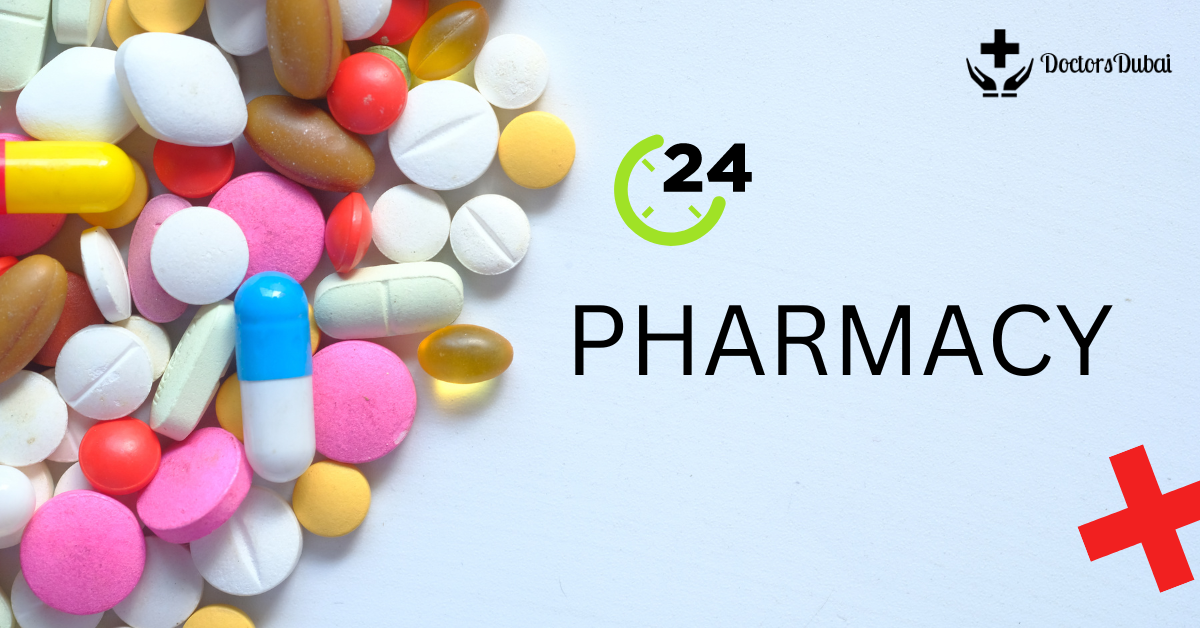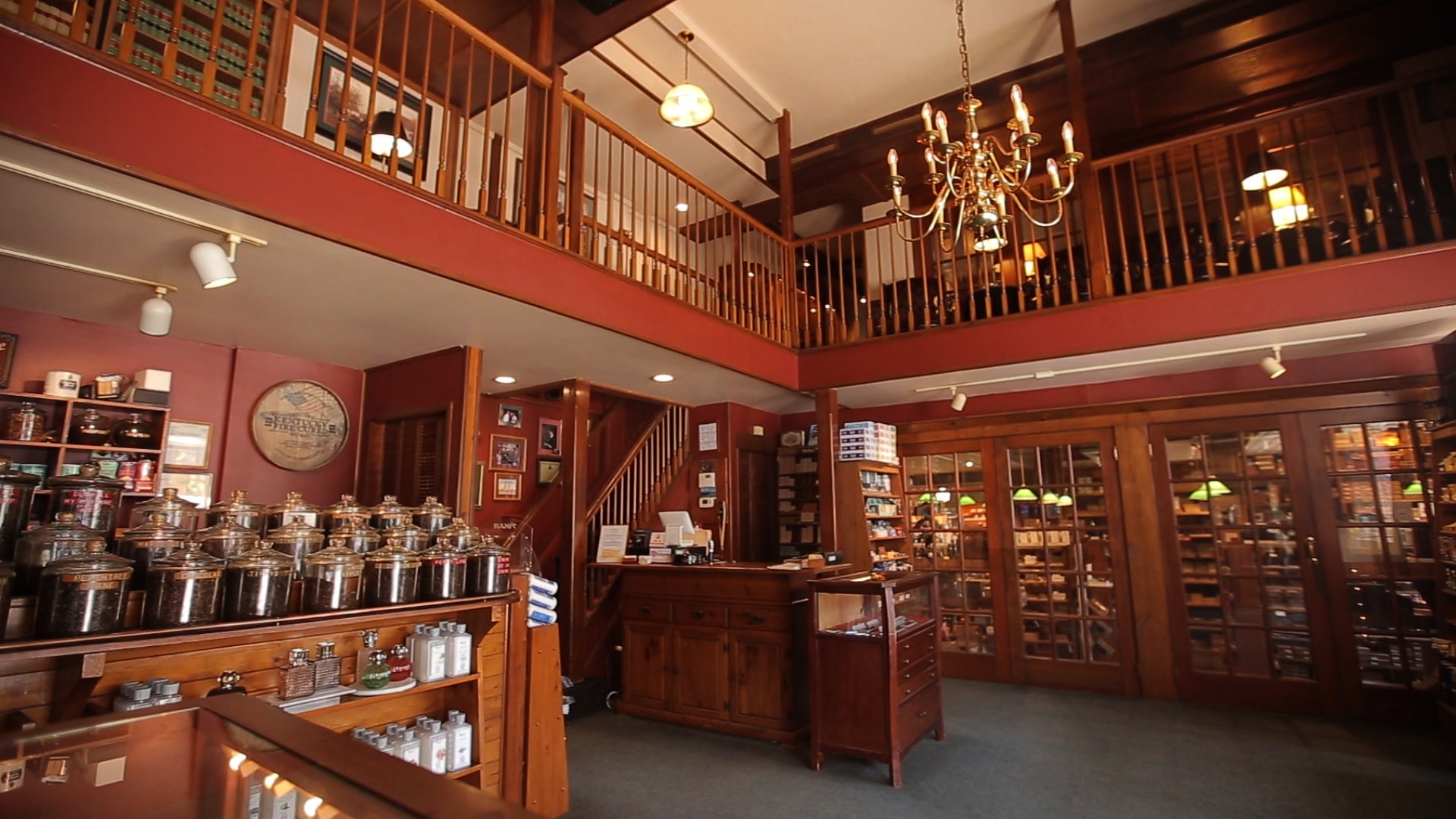24 Hour Drugstore Open Near Me: Finding a pharmacy open around the clock can be crucial in emergencies or when unexpected health needs arise. This guide explores the convenience, services, and considerations involved in locating and utilizing 24-hour drugstores, offering insights into their accessibility, pricing, and safety measures. We’ll also examine alternative options for obtaining medication outside of standard pharmacy hours, ensuring you’re well-informed and prepared for any situation.
From understanding the urgency behind a late-night medication search to navigating the differences between urban and rural access to 24-hour pharmacies, we aim to provide a comprehensive resource. We will cover everything from the services offered and potential cost comparisons to the safety and security measures implemented in these facilities. This information will empower you to make informed decisions regarding your healthcare needs, regardless of the time of day.
Understanding User Search Intent
Users searching for “24-hour drugstore open near me” are driven by a need for immediate access to pharmaceutical products or other goods typically found in a drugstore. The search query itself implies a sense of urgency and a location-based need. Understanding the specific reasons behind this search is crucial for optimizing services and providing a relevant experience.The urgency and emotional state of the user are directly correlated to their reason for searching.
A careful analysis of potential user needs reveals a spectrum of situations, each carrying varying degrees of urgency and emotional weight.
Reasons for Searching and Associated Urgency
The reasons behind a user’s search for a nearby 24-hour drugstore can be diverse. These reasons often correlate with a level of urgency and the user’s emotional state.
- Emergency Medical Needs: This includes situations requiring immediate medication for a sudden illness or injury (e.g., allergic reaction, severe headache, minor wound requiring antiseptic). The urgency is extremely high, and the user is likely experiencing significant anxiety, fear, or even panic.
- Chronic Condition Management: Users might need to refill a prescription for a chronic condition (e.g., diabetes, hypertension) outside of regular pharmacy hours. The urgency is moderate to high, depending on how critical the medication is and the length of time without it. The emotional state is likely one of concern and perhaps mild frustration.
- Forgotten Prescription: A user might have forgotten to fill a prescription and needs it urgently. The urgency is moderate, depending on how long the user can wait for the medication. The emotional state is likely one of mild frustration or inconvenience.
- Over-the-Counter Medication Needs: This includes common ailments like a cold, flu, or headache. The urgency is typically low, although the user might still desire convenience and immediate access to relief. The emotional state is generally one of mild discomfort or inconvenience.
- Other Essential Items: Users might need other essential items available in drugstores, such as baby formula, diapers, or personal care products. The urgency is typically low, unless it’s a critical item needed immediately. The emotional state is likely one of mild inconvenience.
User Persona: The Urgent Shopper
To better understand the user, we can create a persona. Let’s call her Sarah. Sarah is a 35-year-old working mother who lives in a busy city. She’s responsible for her two young children and often works late. Sarah might search for “24-hour drugstore open near me” because her child has developed a sudden fever late at night, requiring immediate medication.
She’s experiencing significant anxiety and is under pressure to find relief for her child quickly. This scenario represents a high-urgency situation, reflecting a significant portion of searches performed under similar circumstances. The emotional state is one of concern and urgency, driving the immediate need to locate a nearby open pharmacy.
Locating 24-Hour Pharmacies: 24 Hour Drugstore Open Near Me
Finding a pharmacy open around the clock can be crucial in emergencies or when unexpected health needs arise. Access to 24-hour pharmacies varies significantly depending on location and other factors. This section will explore the key elements influencing the availability of these essential services.Factors Influencing 24-Hour Pharmacy AvailabilityThe presence of 24-hour pharmacies is influenced by a complex interplay of factors.
Understanding these factors helps in managing expectations and finding suitable alternatives when necessary.
- Population Density: High-population areas, particularly urban centers, are more likely to support 24-hour pharmacies due to higher demand and potential profitability.
- Competition: The level of competition among pharmacies in a given area can influence whether a particular pharmacy chooses to offer 24-hour service. High competition may necessitate extended hours to attract customers.
- Crime Rates: Areas with higher crime rates may discourage pharmacies from operating around the clock due to increased security risks and potential for theft.
- Economic Factors: The profitability of operating a 24-hour pharmacy depends on factors such as labor costs, rent, and the volume of night-time business. High operating costs in certain areas might make 24-hour operation unsustainable.
- Regulatory Environment: Local regulations and licensing requirements can impact the feasibility of operating a 24-hour pharmacy. Some jurisdictions may have stricter regulations regarding overnight staffing or security measures.
Urban vs. Rural Access to 24-Hour PharmaciesAccess to 24-hour pharmacies differs significantly between urban and rural areas.Urban areas generally have a higher density of pharmacies, and a greater proportion of these pharmacies operate around the clock. This is due to the higher population density and increased demand. Large chain pharmacies in urban areas are more likely to maintain 24-hour services due to economies of scale and the higher volume of customers.Rural areas, on the other hand, often have fewer pharmacies overall, and a much smaller percentage offer 24-hour service.
The lower population density and reduced demand make it economically challenging to maintain extended operating hours. In some cases, rural residents may need to travel significant distances to reach a 24-hour pharmacy or rely on alternative services such as telehealth or emergency medical services.Finding 24-Hour Pharmacies Using Online ToolsOnline maps and search engines are invaluable tools for locating 24-hour pharmacies.Using online maps (such as Google Maps or Apple Maps), users can search for “24-hour pharmacy near me” or “pharmacy open now.” These tools often display pharmacies on a map, showing their location, operating hours, and sometimes customer reviews.
Discover how skylar mae ride has transformed methods in this topic.
Users can filter search results to show only those pharmacies open at a specific time.Search engines like Google, Bing, or DuckDuckGo can also be used to locate 24-hour pharmacies. A simple search for “24-hour pharmacy [city/zip code]” will yield a list of relevant results. Many pharmacy websites list their operating hours, which can help users quickly identify those open around the clock.Example Search Results Table:
| Pharmacy Name | Address | Phone | Hours |
|---|---|---|---|
| City Pharmacy | 123 Main Street, Anytown, CA 91234 | (555) 123-4567 | 24 Hours |
| Night Owl Drugs | 456 Oak Avenue, Anytown, CA 91234 | (555) 987-6543 | Open 24 Hours |
Services Offered

-hour pharmacies provide a wide range of services, many mirroring those of regular pharmacies but with the crucial addition of extended accessibility. Understanding the nuances of these services, both similarities and differences, is essential for patients seeking convenient and reliable healthcare.The core services offered are generally consistent across most 24-hour and standard pharmacies, though the availability of specific services might vary depending on location, staffing, and the pharmacy’s individual capabilities.
This variation underscores the importance of checking directly with the specific pharmacy before relying on a particular service.
Comparison of Services
The following list compares and contrasts services offered by 24-hour and regular pharmacies. While the core functions overlap significantly, the extended hours of 24-hour pharmacies represent a key differentiator, especially for urgent needs.
- Prescription Dispensing: Both types of pharmacies dispense prescription medications. 24-hour pharmacies offer this service around the clock, a significant advantage for patients needing immediate medication refills or new prescriptions outside of regular business hours.
- Over-the-Counter Medications: Both offer a wide range of over-the-counter (OTC) medications for common ailments. The 24-hour accessibility of these products is beneficial for addressing immediate health concerns during non-business hours.
- Immunizations: Some 24-hour pharmacies, though not all, offer vaccinations such as flu shots. Availability varies significantly and is often dependent on staffing and the pharmacy’s specific agreements with healthcare providers. Regular pharmacies typically offer similar services during their standard operating hours.
- Health Consultations: While some 24-hour pharmacies may offer basic health consultations, this is less common than in regular pharmacies with pharmacists available during daytime hours. Many 24-hour locations prioritize dispensing medications and OTC sales due to staffing constraints.
- Health Screening and Monitoring: Services like blood pressure checks are more frequently found in regular pharmacies. While some 24-hour locations might offer limited screenings, it’s not a consistently available service across all locations.
Variations in Service Availability
The availability of services can vary considerably between different 24-hour pharmacies. Factors such as location (urban vs. rural), staffing levels, and the pharmacy’s specific partnerships with healthcare providers all play a role. For example, a 24-hour pharmacy in a densely populated urban area might offer a wider range of services, including extended hours for immunizations, compared to a smaller pharmacy in a rural setting.
Additionally, some 24-hour pharmacies may reduce the scope of services during overnight hours to manage staffing.
Pricing and Accessibility

Finding the right medication at the right price is a priority for everyone. 24-hour pharmacies, while offering convenience, may sometimes have different pricing structures compared to pharmacies with standard operating hours. Understanding these differences, along with accessibility considerations for all customers, is crucial for making informed healthcare decisions.Price differences between 24-hour and regular pharmacies can stem from several factors.
Higher operating costs, including increased staffing needs to maintain round-the-clock service, can contribute to slightly higher prices for some medications. Additionally, the convenience of immediate access may be reflected in pricing. However, this isn’t always the case; many 24-hour pharmacies maintain competitive pricing strategies, particularly for frequently purchased over-the-counter medications. Ultimately, it’s essential to compare prices across different pharmacies, both 24-hour and regular, to ensure you’re getting the best value.
Price Comparison of Medications
Let’s consider a hypothetical scenario. Imagine you need a prescription for a common antibiotic, Amoxicillin 500mg. A 10-day supply at a regular pharmacy might cost $25, while the same prescription at a nearby 24-hour pharmacy might cost $28. This $3 difference reflects the increased operational costs of the 24-hour facility. However, if you needed the medication at 2 AM, the added cost might be worthwhile for the immediate access.
Accessibility for Individuals with Disabilities
-hour pharmacies should strive to provide accessible services for individuals with disabilities. This includes features like wheelchair ramps, accessible entrances, and appropriately sized aisles for maneuvering wheelchairs or other mobility devices. Clear signage, braille labeling, and audio assistance for visually impaired customers are also essential aspects of accessibility. Furthermore, pharmacies should ensure staff are trained to assist customers with disabilities, providing a welcoming and inclusive environment.
Compliance with the Americans with Disabilities Act (ADA) is crucial for ensuring that all customers can access necessary medications and services.
Cost Comparison Table, 24 hour drugstore open near me
The following table provides a hypothetical comparison of the cost of three common over-the-counter medications at different types of pharmacies:
| Medication | Regular Pharmacy | 24-Hour Pharmacy |
|---|---|---|
| Ibuprofen (200 tablets) | $12.00 | $13.50 |
| Acetaminophen (100 tablets) | $8.50 | $9.00 |
| Allergy Medication (24 count) | $15.00 | $16.50 |
Ultimately, the availability of a 24-hour drugstore nearby offers peace of mind, providing access to essential medications and healthcare services at any hour. While convenience is a key benefit, understanding the potential cost differences, accessibility features, and safety measures ensures a safe and informed experience. By considering the various factors discussed, you can effectively navigate your healthcare needs, even outside of regular business hours.
Remember to always prioritize your safety and seek appropriate medical advice when necessary.



